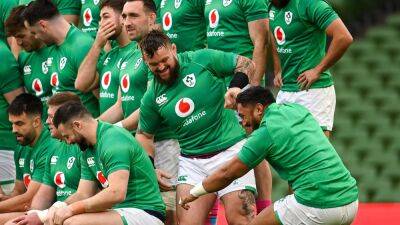Niggles, limps and broken legs: soccer injuries in 1920s Dublin
Analysis: treatment of injuries which occured in 1920s' soccer matches, often caused by poorly maintained pitches, left a lot to be desired
By Conor Curran, TCD
In the early 20th century, the treatment of sports injuries was rudimentary, even at the highest levels of Irish soccer. The poor state of pitches in Dublin was a factor in injuries suffered by players, with Glasnevin FC critical in the press of Strandville FC's ground in 1925 as a result of injuries received by their players there.
Playing through injuries was not uncommon. Val Harris was said to have played 'almost on one leg for about 15 years' following a knee injury he sustained for Everton against Tottenham Hotspur in 1910. By the end of his career in England, Harris was walking with a limp, but later continued to play for Shelbourne having returned to Dublin during the First World War.
One reporter noted of a cup match between Drumcondra and Athlone in 1926 that 'McCabe defended the Athlone posts contrary to his doctor’s orders. The man was a cripple with sciatica. His play in the circumstances was little short of heroic.’ In January 1928, it was noted in the press that Joe Leonard of Shamrock Rovers was ‘all right again for the present, but may have to undergo an operation at the end of the season for his injuries.’
By the middle of the 1920s, a first aid hut was operational at the Fifteen Acres in Phoenix Park. Clubs using the Phoenix Park for matches had to pay a penny a week to pay off the cost of building a railing around the ambulance hut there, which one reporter felt was ‘ridiculous’ given that it would take years for them to pay off when it might have been paid in full sooner.
The availability of emergency treatment varied. Following a collision





